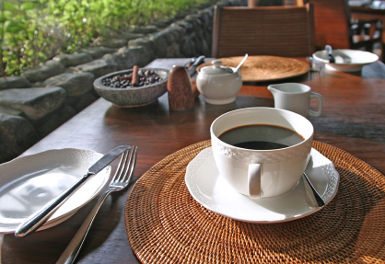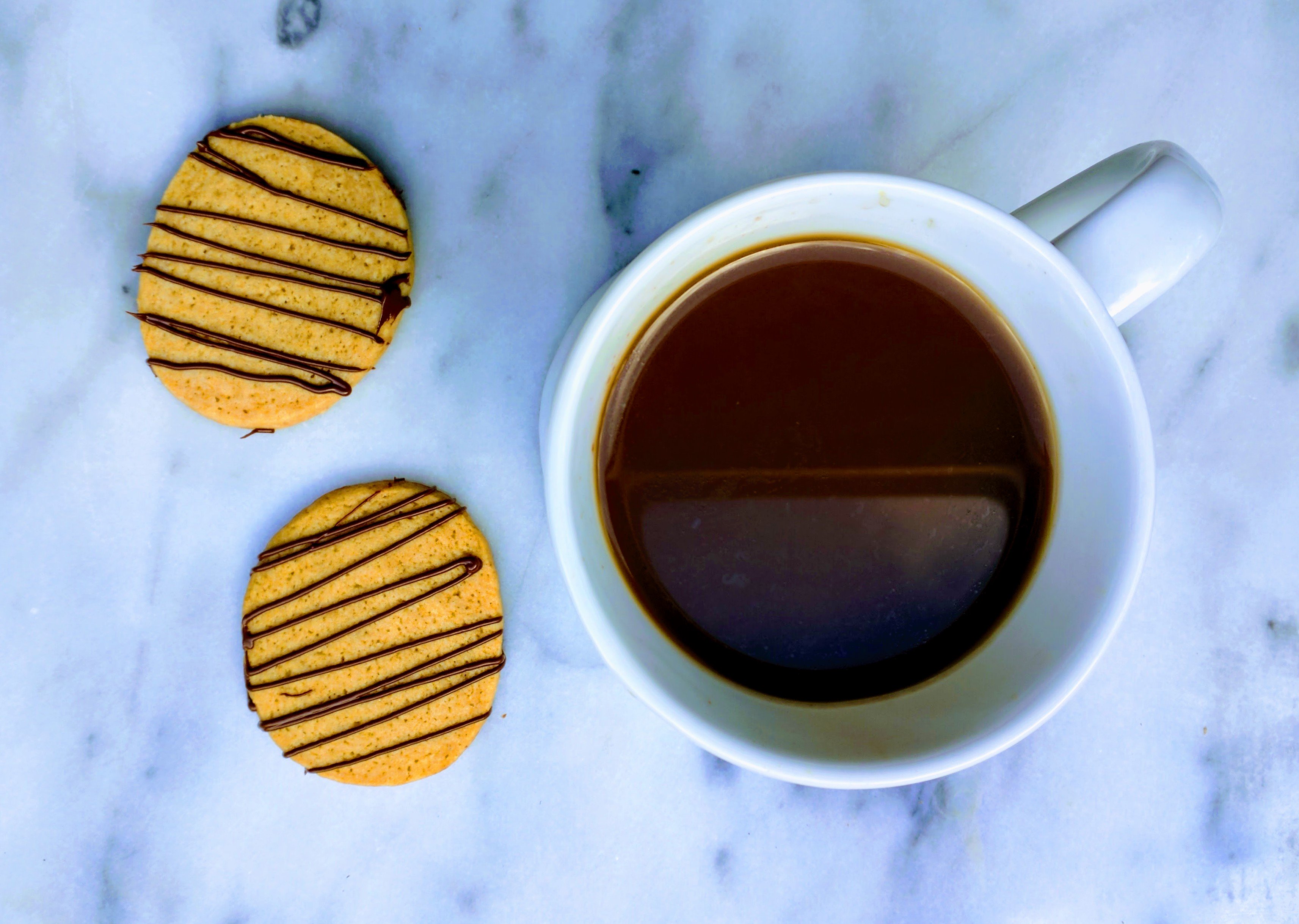Gourmet decaf coffee – what are your choices, and what about the taste?
A few years ago the choices were limited. And even today, while there are more and more decaf options out there, you won’t have the same breadth of choice. Put simply, not every type of coffee bean is sold in a decaffeinated version.
There are plenty of decaf blends...like the various Breakfast blends, After Dinner blends and national and regional blends, like Colombian.
But if you are hoping for something special, like a particular Ethiopian or Jamaican bean, you may not be able to find it as “decaf”.
Does gourmet decaf coffee taste as good?
When you take the caffeine out of a coffee bean...which is done before they are roasted...you lose a little flavor.
The decaffeination process is achieved either with a solvent, or with charcoal and water - the Swiss Water process.
Which solvent? Methylene chloride is used to absorb the caffeine from the coffee bean. Then the beans are washed clean of the chemical.
Some people raise an eyebrow at this point and wonder whether ALL the solvent is washed out or not.
The alternative is the Swiss Water method. No chemicals are used, but the beans are treated with hot water and steam, and lose some of their oils.
With either process, some of the subtleties of a bean's flavor are lost. To get a really flavorful cup of decaffeinated coffee, you need to start with a first class green bean. That way, even when some flavor is lost, there is sufficient remaining to reward your taste buds.
So if you love coffee and want decaffeinated, be prepared to pay a little extra. The best green beans cost more.
Or, if you want to pay a more reasonable price, don't be surprised if your gourmet decaf coffee tastes a little disappointing.
About the author: Nick Usborne, aka Coffee Detective, is a writer and long-time coffee enthusiast. Read more…
Before you go, sign up to receive the Coffee Detective Newsletter...
Sign up for occasional newsletters about the best coffees and brewing equipment. Plus special updates from the Coffee Detective Coffee Store…






